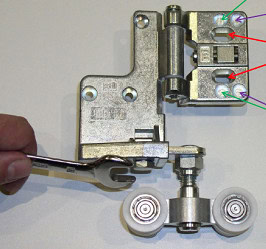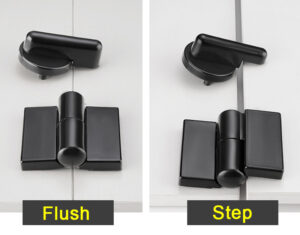In my years of experience within the industrial manufacturing sector, a common question I encounter is, “Are door hinges universal?” On the surface, this query might seem simple. However, as is often the case in the industrial world, the answer requires a bit more nuance.
No, door hinges are not universal. Variations in design, material, size, and load-bearing capacity mean that different types of hinges are suited to different applications.
The world of industrial door hinges is vast and complex. Understanding these intricacies can lead to more efficient, safe, and durable operations. Now, let’s dissect this subject further.
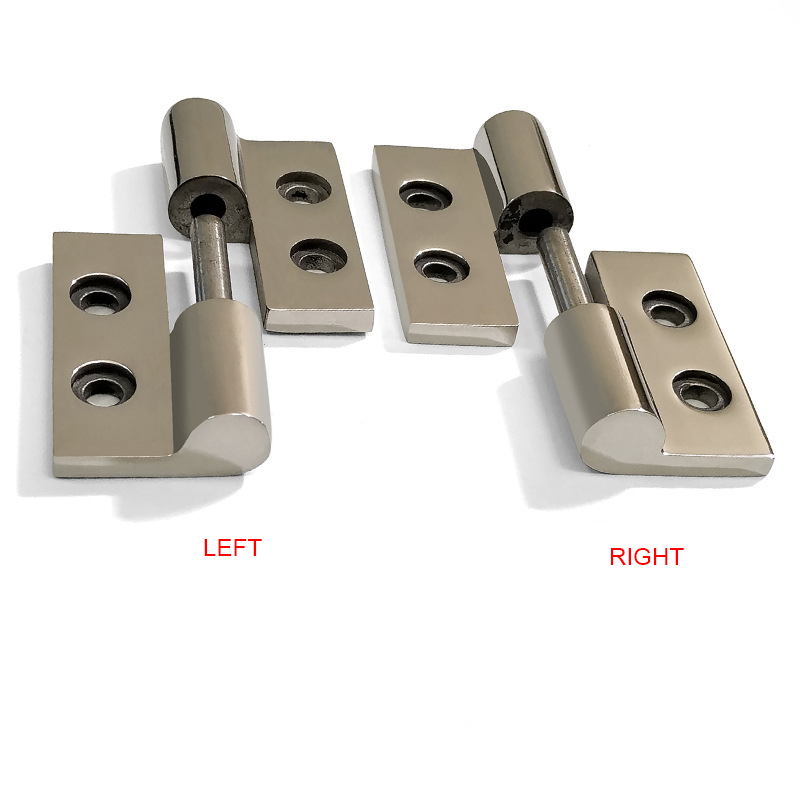
What Are the Different Types of Door Hinges?
There is a myriad of door hinge types available, each with its own set of characteristics and intended applications. Among the most common types used in industrial settings are butt hinges, piano hinges, and pivot hinges.
Butt hinges are perhaps the most familiar, composed of two leaf plates. Piano hinges, on the other hand, are long and continuous, providing robust support over a large area. Pivot hinges, as their name suggests, allow for a wide range of motion. The type of hinge you choose will largely depend on your specific industrial needs.
What Role Does the Material Play in Door Hinge Selection?
The material of a door hinge is one of the most critical factors to consider. In the industrial sector, commonly used materials include stainless steel, brass, and aluminum.
Stainless steel hinges are lauded for their strength and corrosion resistance, making them ideal for heavy-duty applications or harsh environments. Brass hinges offer excellent machinability, while aluminum hinges are lightweight yet durable. The best material for your hinges will depend on your specific application and environment.
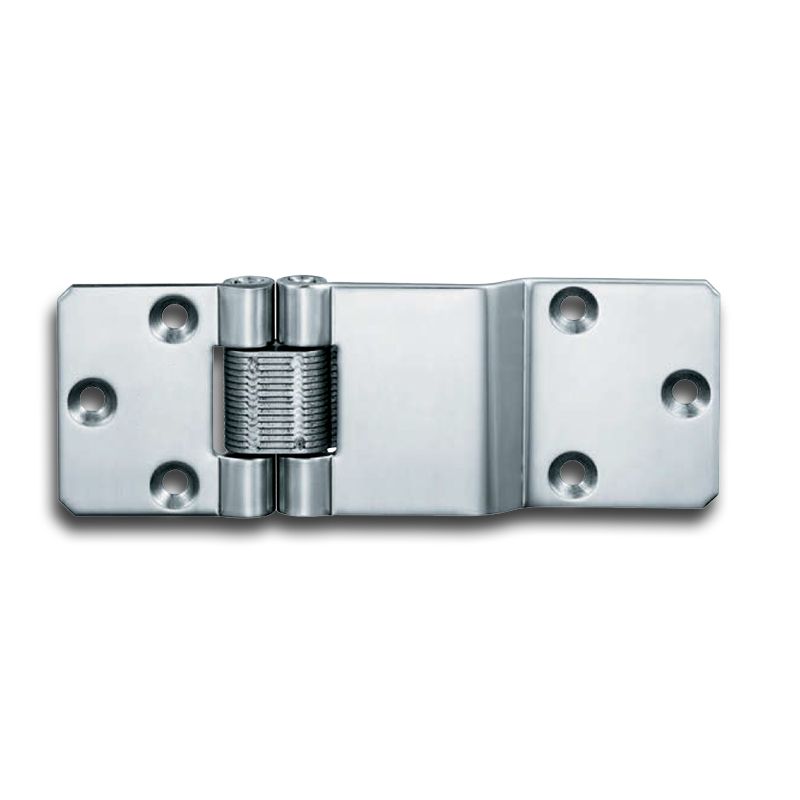
How Does Size Affect the Functionality of Door Hinges?
The size of a door hinge is an often overlooked yet vital factor to consider. The size of a hinge can greatly impact its load-bearing capacity and, consequently, its suitability for various applications.
Larger hinges are generally capable of supporting heavier loads, making them well-suited for heavy-duty industrial applications. Conversely, smaller hinges might be more appropriate for lighter applications. Understanding this can aid in selecting the optimal hinge for your specific needs.
Why is Load-Bearing Capacity Important in Hinge Selection?
The load-bearing capacity of a hinge is a critical consideration, especially in the industrial manufacturing sector. The ability of a hinge to support a certain weight without deformation or failure is integral.
A hinge with a high load-bearing capacity is less likely to deform or fail, ensuring safe and efficient operation. Selecting a hinge with an appropriate load-bearing capacity can therefore greatly enhance the safety and reliability of your operations.
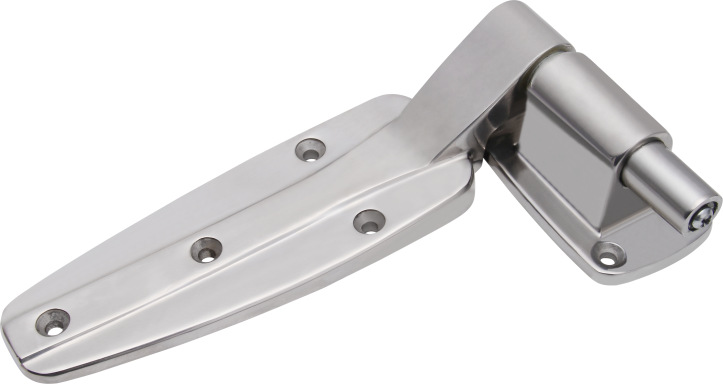
Can All Door Hinges Withstand Harsh Industrial Environments?
Not all door hinges can withstand the rigors of industrial environments. Factors such as humidity, temperature extremes, and corrosive materials can significantly impact a hinge’s lifespan and functionality. Specific hinges are designed to withstand these harsh conditions.
Materials like stainless steel are inherently resistant to corrosion, while special coatings can further enhance a hinge’s durability. By considering your environment when choosing hinges, you can extend the life of your equipment and minimize downtime.
Why Do Door Hinges Have Different Mounting Styles?
Hinges come in various mounting styles, such as surface mount, mortise, and half-mortise. These styles cater to different installation requirements and application scenarios.
Surface mount hinges attach directly to the surface, making installation straightforward. Mortise hinges require a cut-out in the door and frame for installation, providing a clean, seamless look. Half-mortise hinges combine these two approaches. The mounting style chosen will depend on your specific installation needs and preferences.
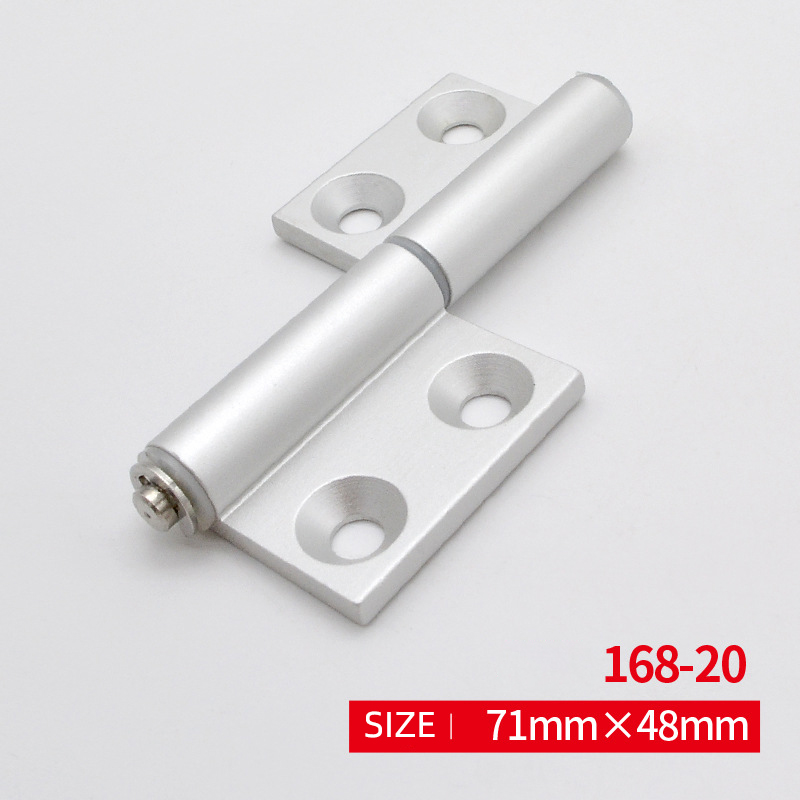
How Do Door Hinges Contribute to the Safety of Industrial Operations?
Safety is paramount in industrial operations, and door hinges play a crucial role. Their robust construction and appropriate load capacity can reduce the risk of accidents caused by door failures.
Moreover, special features like self-closing or lockable hinges can further enhance safety. By selecting the appropriate hinges, you’re investing not just in efficiency and longevity, but in the safety of your operations as well.
Conclusion
In short, door hinges are far from universal. Different types, materials, sizes, and load capacities all contribute to the variety seen in door hinges. Understanding these differences can aid in selecting the perfect hinge for your specific industrial needs, resulting in safer, more efficient operations.
You might also be interested:

